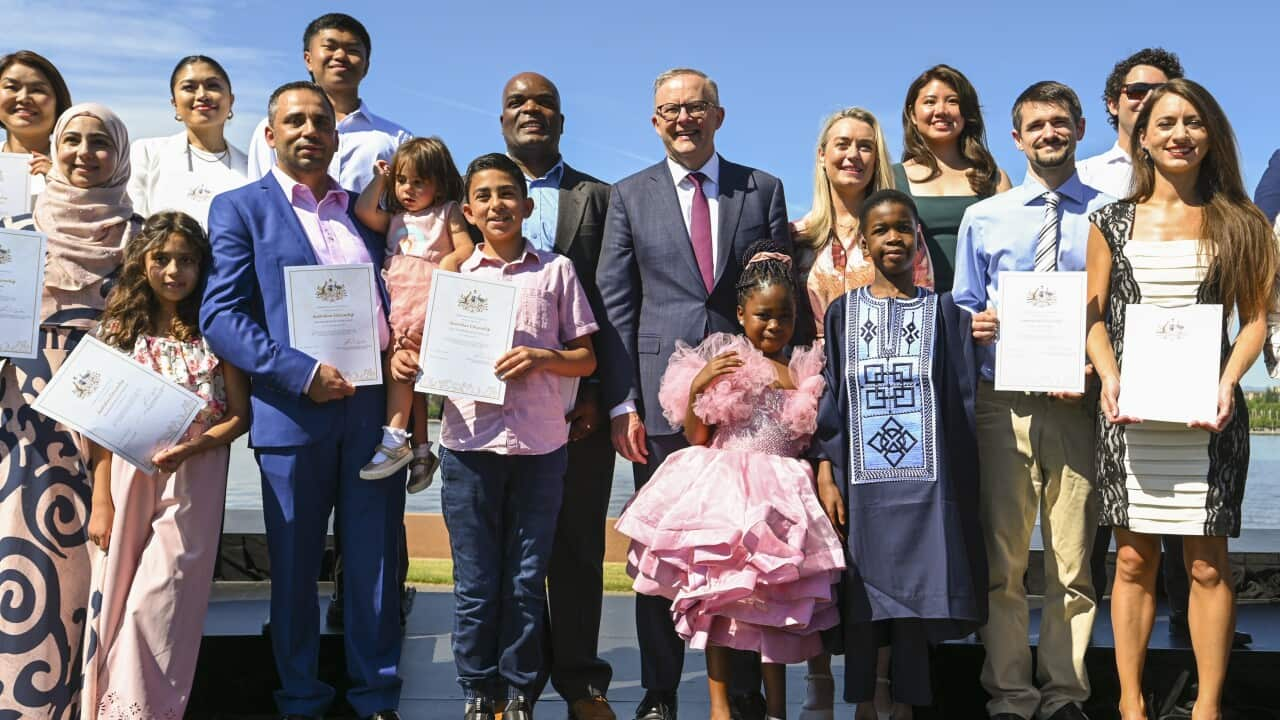Key Points
- Australia marks Citizenship Day on 17 September.
- More than 115,000 migrants became Australian citizens this year, as of 31 August.
- Migrants from New Zealand and India occupy the top two positions in Australia’s citizenship numbers so far.
The top spot has been taken by migrants from New Zealand, followed very closely by India.
Indian migrants top citizenship charts
As of 31 August, migrants born in India ranked first in four of Australia’s eight states and territories when it came to acquiring citizenship by conferral in 2024.

Source: SBS News
Out of 115,300 migrants who became Australian citizens by conferral up to 31 August this year, more than 15,000 — 13.51 per cent of the total number — were born in India.
Migrants born in New Zealand have a slender lead over them, with just over 16,000 born in Australia’s neighbouring country, making 13.97 per cent of the total number of foreign nationals to acquire citizenship.

A decade ago, migrants from India ranked at the top of the citizenship-by-conferral chart.
Citizenship by conferral is a common way of becoming a citizen. People need to be a permanent resident and meet certain criteria before they can apply.
The history of Australian citizenship
Then-prime minister Ben Chifley automatically became a citizen on that day, along with all other eligible British subjects.
The first ‘non-British subject’ to become an Australian citizen, was Jandura (Jan) Pucek, who migrated to Australia from Czechoslovakia in 1939.

The first Australian citizenship certificate issued to a European migrant in 1949. Credit: Department of Home Affairs
He worked at a eucalyptus distillery harvesting timber and settled in Tidbinbilla, now a nature reserve on the outskirts of Canberra.
In the financial year 2023-2024, more than 187,000 people became Australian citizens.
